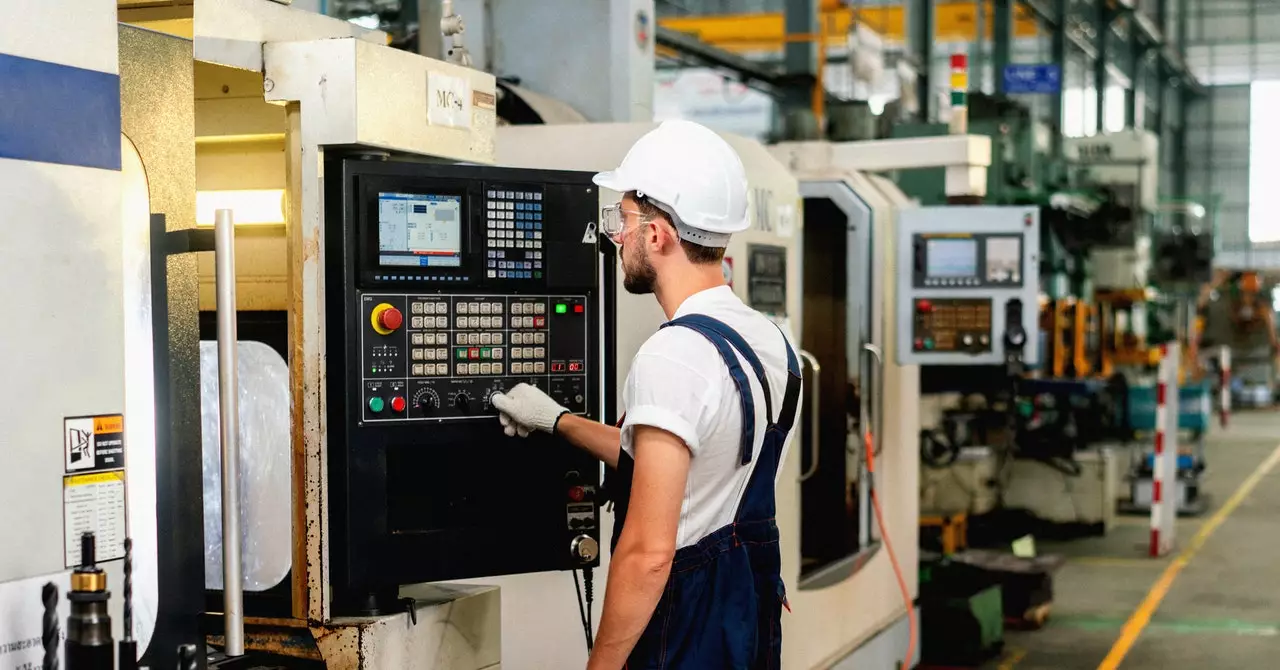Manufacturing has undergone significant transformations over the past century, with advancements in automation revolutionizing traditional processes. Among these processes, the production of steel ball bearings represents a fascinating case study. While the fundamental grinding machine used to shape these essential components has remained largely unchanged since the early 1900s, the surrounding operations have evolved drastically, particularly through the integration of artificial intelligence (AI) and data analytics.
At the heart of modern ball-bearing fabrication lies a series of complex steps initiated with steel wire, which is cut and pressed into rough spheres. These rough shapes undergo a rigorous process of hardening in furnaces before passing through three stages of grinding. Each stage aims to refine the spherical shape with extraordinary precision—often within a tenth of a micron. Such meticulous attention to detail ensures that ball bearings can fulfill a myriad of roles across different industries, from automotive to aerospace.
The manufacturing process is now predominantly automated, driven by conveyor belts. However, human oversight remains crucial when identifying malfunctions or anomalies in the production line. As per recent developments, the remarkable efficiency of these production lines may soon allow machines, specifically AI systems, to take over even these troubleshooting responsibilities.
An essential aspect of ball-bearing production is the relentless pursuit of quality control. Despite automated systems operating at high efficiency, defects can still arise. Quality testing might indicate that a flaw occurs at a specific point in the assembly line, but unraveling the cause can be a complex puzzle. It might stem from an incorrect torque setting on a screwing tool or an ineffective grinding wheel. Solving these issues requires comprehensive data analysis from various machinery components, a daunting task given that these devices were not originally engineered for such purposes.
The convergence of manufacturing data and AI tools ushers in the potential for more efficient quality control mechanisms. By efficiently assimilating data from industrial processes, AI not only identifies defects but pinpoints their roots through sophisticated algorithms. As prominent companies like Schaeffler adopt these technologies, the future of manufacturing shines ever brighter.
Recently, Schaeffler made waves in the industry by becoming a pioneer in utilizing Microsoft’s Factory Operations Agent—an AI-driven tool designed to assist manufacturers. This product, powered by large language models, adopts a chatbot-like interface, enabling operators to pinpoint issues related to defects, downtime, or energy overconsumption with relative ease. This interactivity presents a dramatic shift from traditional practices, as operators receive precise answers rooted in broad datasets gathered from numerous global manufacturing plants.
Microsoft’s corporate vice president for global industry marketing, Kathleen Mitford, describes this AI agent as a “reasoning agent that operates on top of manufacturing data.” By allowing factory workers to pose inquiries—such as the underlying causes for an uptick in defects—the AI can analyze interconnected manufacturing processes and deliver data-driven insights.
Schaeffler’s vice president of IT, Stefan Soutschek, emphasizes the significance of data analysis as a primary benefit derived from this innovative technology. The true value lies not just in the AI tool itself but in its integration with existing operational technology and analytics platforms. By leveraging tools like Microsoft’s Copilot studio, manufacturers gain access to extensive datasets that can train AI agents to provide clearer insights, therefore optimizing production efficiency.
It is essential to clarify that while this AI agent showcases sophisticated data processing capabilities, it is still ultimately a tool designed for human operatives. The agent does not possess autonomous decision-making abilities; rather, it functions as a sophisticated means of accessing and interpreting data. Its primary role involves acting as a facilitator for operational improvement, empowering human workers to make more informed decisions based on a thorough analysis of the data.
The integration of AI in manufacturing, particularly in high-precision production such as that of ball bearings, signals a pivotal moment in industrial evolution. With technologies capable of deciphering complex datasets and diagnosing production issues, manufacturers can pursue higher standards of quality, reliability, and efficiency. As these tools become ingrained in operational practices, the future of manufacturing promises to be not only automated but also smarter and more responsive to challenges and opportunities alike.


Leave a Reply